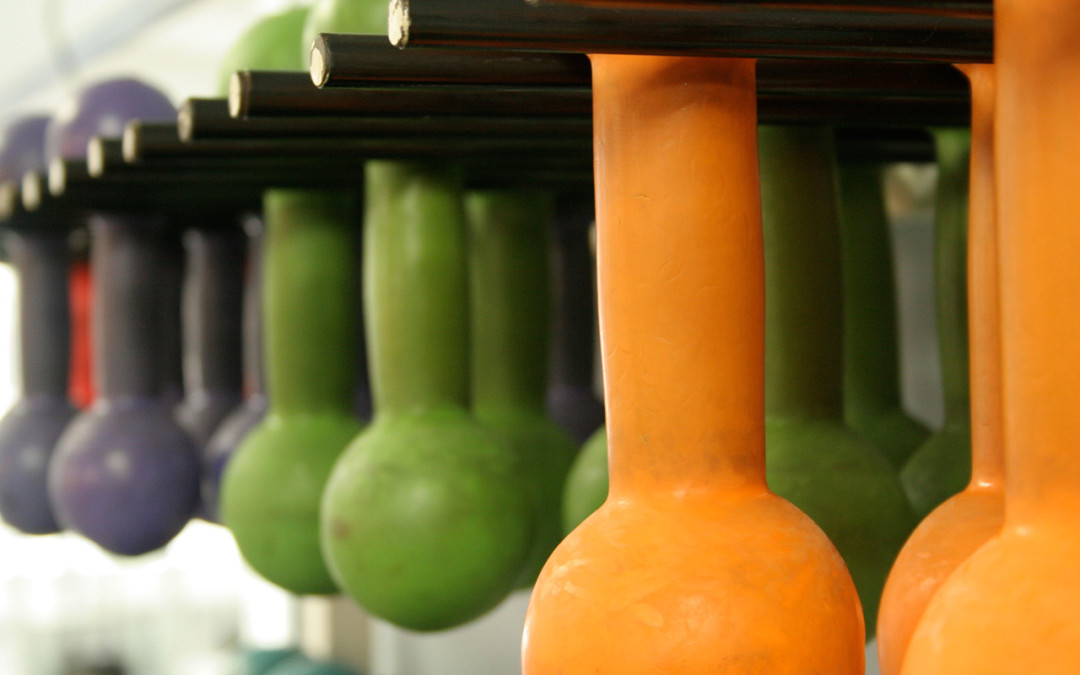The interactions with exercise intensity that influence results.
cardiovascular exercise
When wanting specific results from training, often the exercise time required and frequency have been programmed in. One crucial component which impacts powerfully on the body and whether we achieve our specific aims (which is often overlooked) is the intensity level (efforts) we exercise at. The interaction of time spent exercising, the efforts we use and the frequency with which we exercise can be manipulated to increase the probability we have of achieving fitness goals.
Time spent exercising
Time is a variable that in fitness is described as the period that you are active for, which can be continuous or not. Cardiovascular exercise time variances between short periods and long periods will affect the body differently, causing diverse physiological adaptations to occur.
Shorter bouts of cardiovascular exercise (ten minutes or less continuous) will tend to burn less calories than longer periods. They can usually be sustained by any individual, even those with physical or intellectual challenges, and are the place to begin when transitioning back into an exercise routine (particularly after an extended period away).
Medium periods (ten minutes to forty-five minutes continuous) will burn greater amounts of calories and create extensive changes in our cardiovascular system, however this amount of continuous exercise may not be sustainable to some.
Longer periods of cardiovascular exercise (greater than forty-five minutes duration) are greater calorie burners, though would be best suited when training for events that require higher stamina levels.
Measures of effort (intensity) when exercising
Several measures are used to assess the intensity of effort we perform when exercising. One is the heart rate method. This method is based on what are thought to be ideal calorie burning levels, guided by your working heart rate. A second is the rating of perceived exertion (RPE) scale. This is our own assessment of how hard we are working, based on a scale of one (not moving) to ten (cannot breathe or maintain technique). A third and individual assessment-based option is your measured achievement over a set period. This is attained by undertaking a set time period of your exercise of choice then dividing that time (usually seconds) with the distance (usually meters) you achieved in that time period (ending up with meters that you achieved each second of the time period). All these methods have merit and flaws, which makes selecting the one that you use, an individuals choice.
The lower the intensity or effort, the less likely the exercise is to enact changes. There is a direct correlation between level of efforts, time exercising, and results achieved (a positive relationship). There is also a level where the intensity we elicit is so high it may compromise our health. Efforts produced are about a balance between expectations and sound methods.
How will the frequency affect result?
Frequency refers to how often or regular we are with our scheduled activity. To organise a plan for a week, firstly know the amount of time you need to exercise. When exercising at an intensity that is described as moderate (working at a level where you can have a conversation but need to take deep breaths mid and end sentence) 150 minutes of cardiovascular activity will be required over the week. The higher the intensity (however you measure it), the less activity you need to be completing to meet the minimum recommended guidelines. When exercising vigorously (cannot converse) 75 minutes per week is required.
Where
possible (for common health improvement goals) spread the activity over four
days of the week, allowing time for rest and resistance training
recommendations in your plan. The days
you schedule cardiovascular activity ideally should have a day’s break between.
The influence of combinations
It is never one component alone influencing outcomes of training, it is in their combination. When a person exercises for a short time, they may be able to sustain higher effort levels more frequently. When someone exercises for substantial lengths of time, the effort levels may be lower, and the frequency will be reduced. These combinations will be shaped by the outcome you want.
If you are after sports performance improvement in an activity that has short consistent high effort intervals, you need to train as close to that as possible. If you are training for a marathon (non-competitive) longer slower activity with reduced efforts would work.
For weight loss, the time needed should be greater than the minimum recommendations of weekly activity and should have effort levels that you find challenging, not debilitating.
Conclusion
It can be challenging to work out the ideal combinations of time spent, effort levels and ideal frequency to achieve your goals. If you are not sure, it is well worth spending the time with a professional for invaluable direction. Liken goals as a wall which we have a ladder leant against. We want to succeed in climbing that wall however if we have the wrong tools (the ladder), how will we get there?
Next week I will cover in more depth the physiological changes you may experience depending based on cardiovascular intensities.
If you have any questions, send me an email at dhandl@bigpond.net.au

